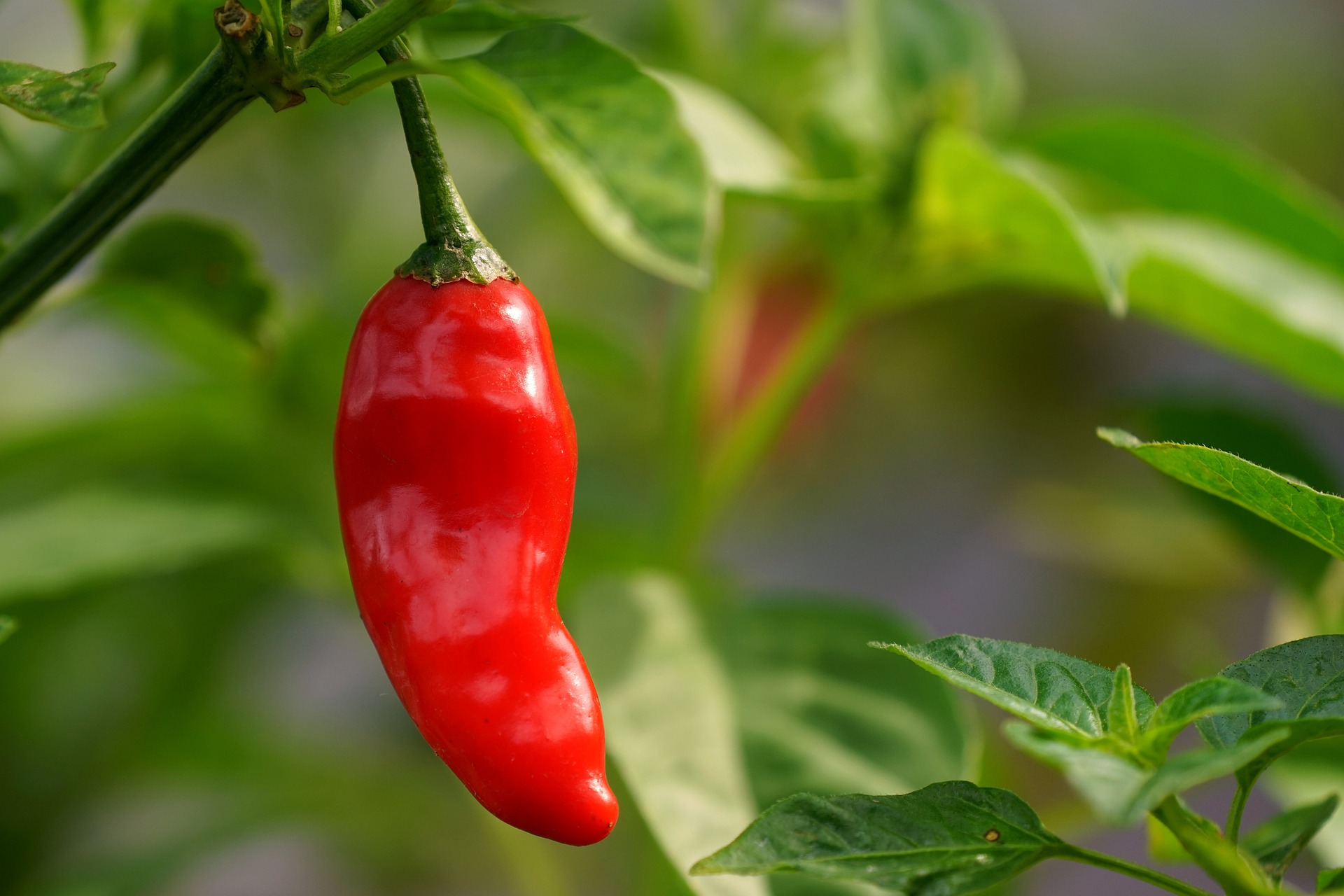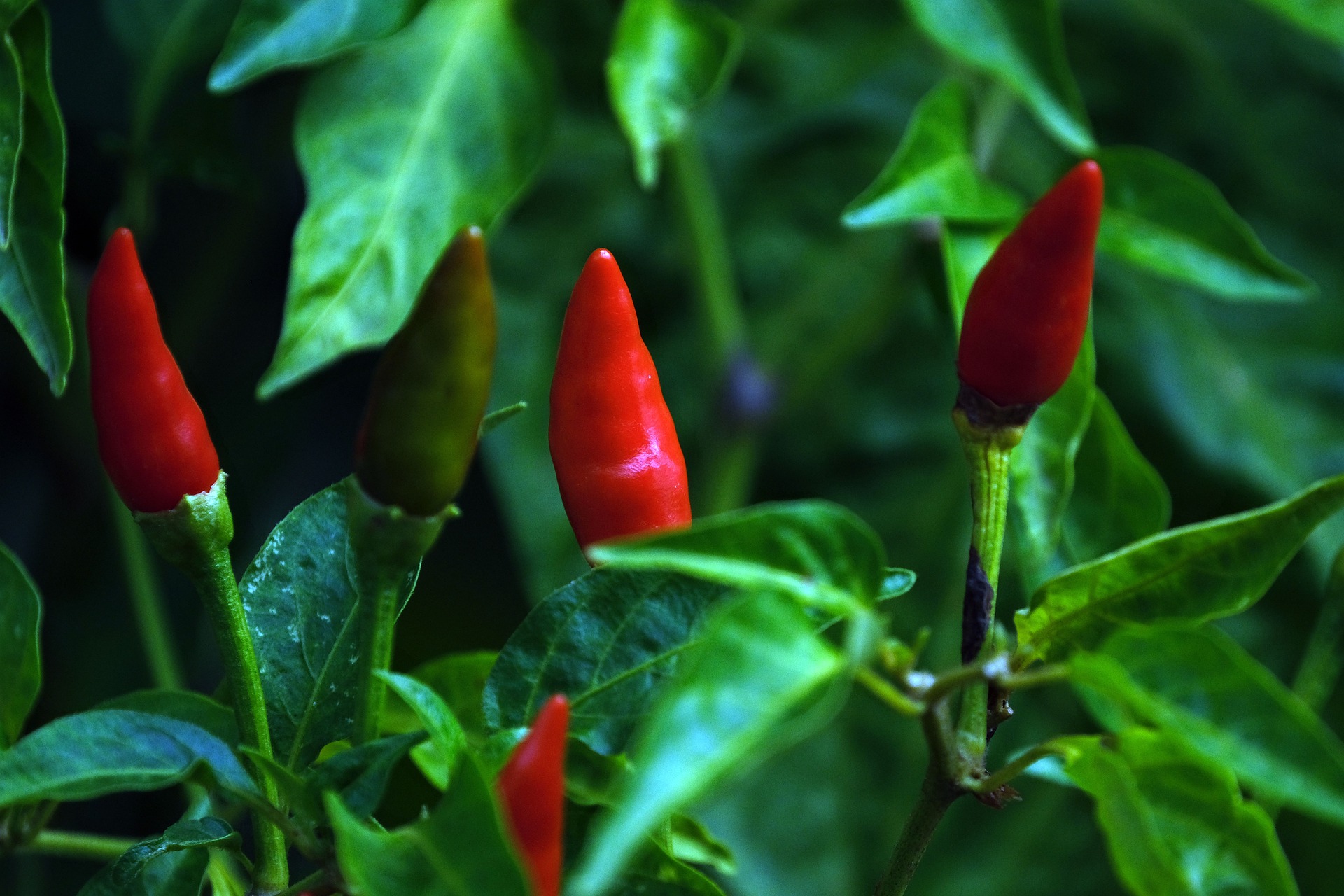Your cart is currently empty!
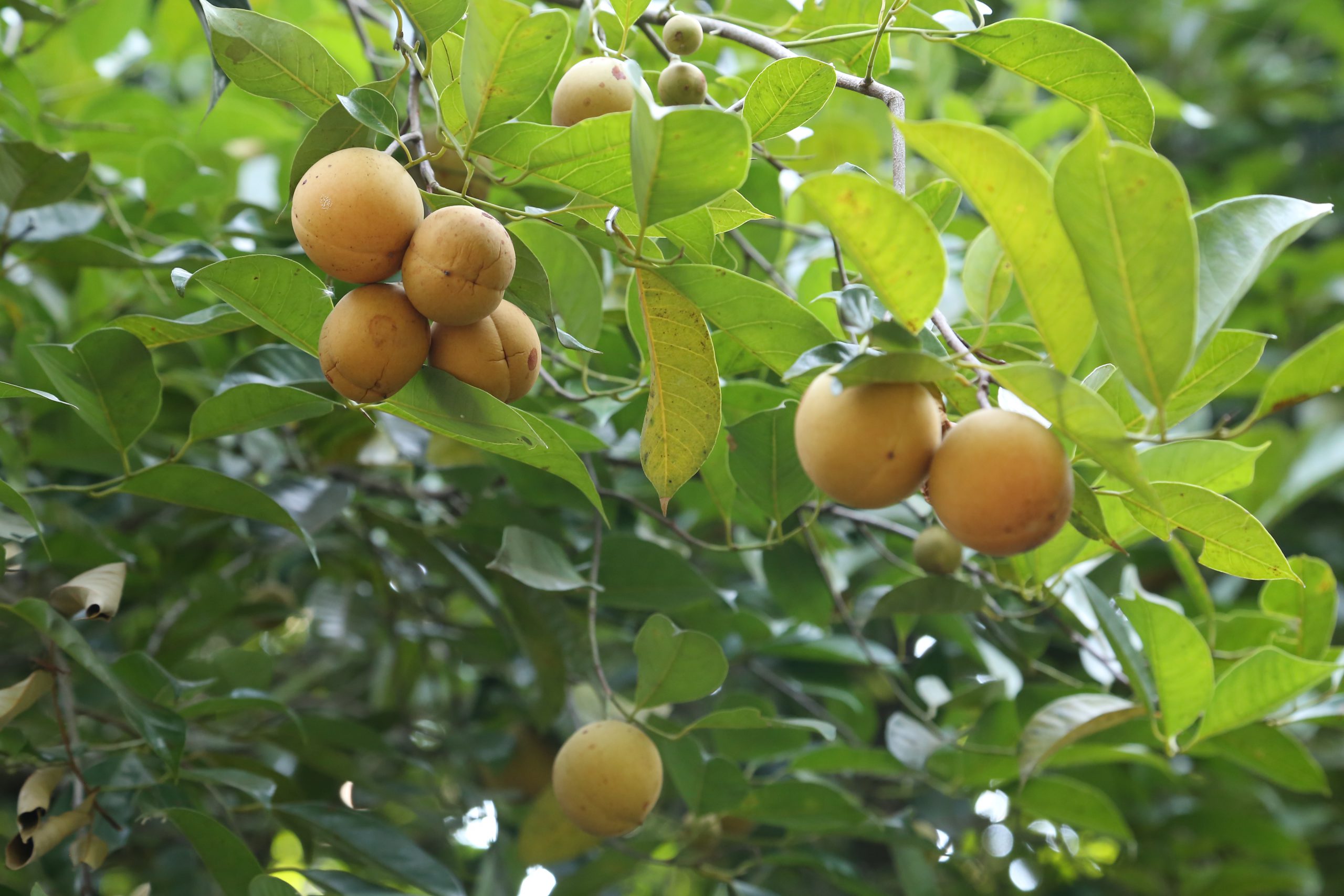
Nutmeg Farming – High Yielding Varieties For Sale
India Is the Third Largest producer of Nutmeg after Guatemala and Indonesia. The Tree is Native to Indonesia and was introduced to India in the Late 18th century. Today its grown Kottayam, Ernakulam and Thrissur areas in Kerala. The plant is introduced to Certain areas in Karnataka, Tamil Nadu and Andhra pradesh, but are yet to provide results.Nutmeg is used For culinary and medicinal purposes. Nutmeg also produces an aromatic oil which is used for culinary purposes and as an essential oil for medicinal purposes. The oil is derived from both the nutmeg and the Mace. The nutmeg tree is the only species to yield 2 spices from a single fruit / tree. The fruit is used to make Jams, Jellies, Pickles and wine. The tree itself is densely foliated and grows to the height of 20 Meters.
-
Product on sale
 Buy Nutmeg Mace – Jathipathri, Javitri Online₹200.00
Buy Nutmeg Mace – Jathipathri, Javitri Online₹200.00 -
Product on sale
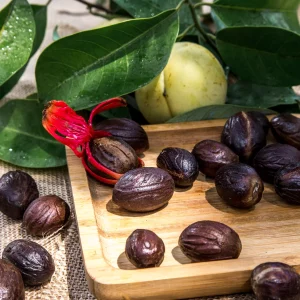 Buy Nutmeg (Whole) – Jaiphal, Jathikka online₹200.00
Buy Nutmeg (Whole) – Jaiphal, Jathikka online₹200.00 -
Product on sale
 Sarva Sugandhi Allspice Leaf (dried)₹200.00
Sarva Sugandhi Allspice Leaf (dried)₹200.00 -
Product on sale
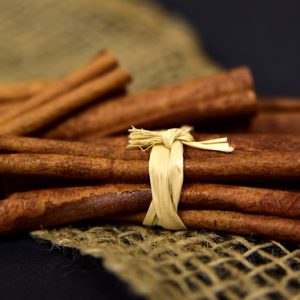 Kerala Cinnamon₹400.00
Kerala Cinnamon₹400.00 -
Product on sale
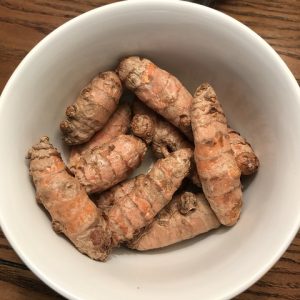 Dry Whole Turmeric / Haldi Root₹180.00
Dry Whole Turmeric / Haldi Root₹180.00 -
Product on sale
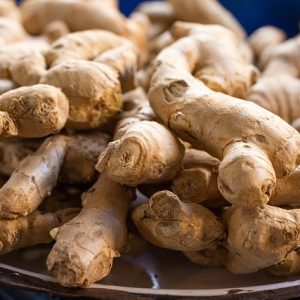 Dry Ginger / Soonth / Adrak₹180.00
Dry Ginger / Soonth / Adrak₹180.00
A 2011 Research on Nutmeg plantations clearly indicates the need for more Nutmeg plantations in india. The research indicates that the quality of plants in India are not yielding as high as that of other countries and the market in india is so huge that the produce is not sufficient to meet the market needs. Nutmeg is imported from indonesia and Sri lanka to meet the market needs of indian consumers. The need to increase the acreage of nutmeg plantations is also called for.
The Nutmeg Tree
The Nutmeg is an evergreen tree which can grow from 10-20 meters tall. Its a dioecious plant with a male plant and the female plant bearing male and female plants respectively. The Male plants flower throughout the year and the female plants only flower 6-7 months a year. The flowers are fragrant, yellow and droopy. The pollination is usually through wind but bees and other mediums do help. Nutmeg, though Doiecious, has bisexual male, bisexual female and Hermaphrodite varieties. The hermaphrodite variety is the most desired variety of Nutmeg as its known for higher yield.
The variability in Growth, yield and composition in the nutmeg seeds and Aril is very high. Many trees with higher yield were known to have lesser mace weight. I was recommended thus a selection of nutmeg with moderate yield be selected for growing in india.
Nutmeg Varieties
In India, the primary variety of nutmeg cultivated is known as “Malabar” nutmeg. Malabar nutmeg is renowned for its rich aroma, strong flavor, and high oil content. It is considered to be of superior quality and is widely sought after in the market.
Apart from Malabar nutmeg, another variety found in India is “Mace,” which is the outer covering or aril of the nutmeg seed. Mace is often used as a spice and is valued for its distinct flavor and fragrance.
It’s important to note that while Malabar nutmeg and Mace are the main varieties cultivated in India, there may be some regional variations in terms of flavor, aroma, and appearance based on the specific growing conditions and cultivation practices in different parts of the country.
- Konkan Sugantha
- Konkan Swad
- Konkan Shrimathi
- Vishwashree
- Kadukanmackel
- Nova
- Kallingal
The Nutmeg plant in India is still going through a long phase of research. New plants are being discovered which is suitable for the weather in kerala. Some of the new varieties which are known to have higher yield are the Kadukanmackel and nova. The new varieties are found to be high yielding and a continuous bearer of fruits while some of the older Konkan varieties were alternate year bearers.
The ICAR and the Spice board in kerala are promoting the new varieties of the Nutmeg but not as much as they are promoting their own older varieties.
Nutmeg Propagation
Propagation starts with the seed collection from high yielding trees. The nutmeg should be 10 Grams and the mace should be at least 1 gram.The tree itself should yield at least 10,000 Nuts per tree per year consistently. The nuts for propagation should be collected during June / July. Once the Nuts are collected they are separated by quality. The mature seeds are sown within 3 days from picking. The germination will drop gradually as the days proceed. The Nutmeg germination deteriorates with lesser moisture content and the moisture should be maintained. Nuts that rattle in the shell will not germinate and these should be discarded. Normal Germination will be at 45% . Seed treatment with Gibberelic acid will increase the germination rate to approximately 75% and treatment with Thiourea will increase the germination to 88%. The seeds should be sown at 30 centimeter distance and 2.5 centimeter depth. The heavier seeds have a higher chance of germination and are known to provide better foliage. Seeds germinate in 4-6 weeks. Germination usually starts in 40 days and could continue up to 90 days. Germination in Colder areas and areas where altitude is over 1200 M above sea level is considerably lower due to cold weather. Its important to maintain a warm humid area for propagation and a Green house with weather control should be helpful for areas where the weather is not desirable. The seed germination is best in a mixture of soil , sand and cow dung (well decomposed) in a 3:3:1 Ratio. Seedlings should be transferred to Poly bags once mature and should be replanted to the field in the 18th month.
Nutmeg Being a dioecious plant has a chance of a plant being male or female. Its hard to determine the sex of the plant till it starts flowering. Vegetative propagation can be taken up before or after the sex is determined and many farmers prefer to be on the safer side and propagate the trees through budding or grafting methods before the sex is determined. After the flowering, when the sex of the plant is determined, the plants can be propagated using te top working method to change the sex of the plant. Any farm should have 1 male plant for at least 20 female plants. Some farmers suggest a 1:10 ratio of male to female plants.
A number of grafting and budding practices are practiced with some more successful than the other. Below are some of the most tested grafting and budding methods.
- Epicotyl Grafting : Epicotyl Grafting has a success rate of 50% normally and up to 80% if done in the month of august. The Root stock should be 40-60 days after germination. The plants should be covered with transparent plastic covers till new leaves arrive on a grafted plant. The cover allows optimum humidity and enables new shoots to rise up faster from the graft. For more information watch the video below.
https://www.youtube.com/watch?v=w1uGiidSZdY - Softwood Grafting : Softwood Grafting has a success rate of 80% if done in may.
- Budding : Budding is the least successful method used for propagation and has a success rate of 4%. This method is not recommended for Propagation of Nutmeg plants.
- Top working : Its difficult to differentiate a male tree from a female tree until the tree flowers. The flowers of the male tree are different from the female plant and help differentiate the plants. Once the sex is determined, male plants are usually cut down entirely or a method called top working is used to conver male plants to female plants.
- Approach Grafting : approach grafting is one of the most successful methods (95%). This uses a wild variety of Nutmeg which has similar genus to the nutmeg. The shoots are fused with a high yield variety and then grafted later. The root stock is from 2 different varieties and the top grafting is from a high yield variety.
- In Situ Budding
- In Vitro Propagation
Areas of Nutmeg Cultivation in India
Nutmeg (Myristica fragrans) cultivation in India primarily takes place in the southern state of Kerala. The hilly regions of Kerala, especially the districts of Wayanad, Kozhikode, Kannur, and Kasaragod, are known for their nutmeg plantations. These areas provide favorable climatic conditions and fertile soil for nutmeg cultivation.
The coastal regions of Karnataka, particularly the district of Dakshina Kannada, also have some nutmeg plantations. Additionally, nutmeg cultivation can be found in certain parts of Tamil Nadu, such as the Nilgiris and Kanyakumari districts.
Nutmeg trees thrive in warm and humid tropical climates with well-distributed rainfall. They require partial shade and well-drained soil rich in organic matter. The southern states of India provide these suitable conditions for successful nutmeg cultivation.
Soil & Climatic conditions to grow Nutmeg
Nutmeg grows only in Humid weather. An average rainfall of 1500 – 3000 mm rainfall with a dry period of 2-3 months is acceptable. Clay loom, Sandy loam or red laterite soil is best suited with no water logging. Partial shade is best for nutmeg. Extensive dry season is not recommended. 40-60 liters of water is required for consistent yield during summer. Annual temperature of 24 to 29 degrees and a humidity of 75-90% is conducive for nutmeg.
Field Preparation and Planting
Fields are cleared out and planted with shade plants like bananas. Shade is important for the growth of Nutmeg. If you are planting in Coconut farms as an intercrop, dig pits of 90 centimeter depth and a meter wide. Fill the pit with compost, dry matter and top soil. For non grafted plants, maintain a distance of 7-8 meters between plants. For grafted plants, a distance of 5 meters is recommended. Planting should be done during late monsoon. Sufficient water should be provided throughout the year to ensure plant growth. Once the plant is determined to be male or female, remove unwanted male plants or practice top working on the male plants. Ensure that every 20 female plants have a male plant in the area.
Nutrient Management
Nutmeg in general requires very less manure and fertilizers. 30 KG cow dung just in june / july or september/october should suffice in most cases. But in tamil nadu and Andaman , research indicates that application of 500 Grams each of Ammonium Sulphate, super phosphate and muriate of potash should be done twice a year. Other nutrients which may improve yield and health include Azospirillum, Phosphobacteria, Pseudomonas. 50 KG of compost is often recommended for nutmeg plants every year.
Nutrient application should always be done in trenches a few centimeters from the root area. For younger plants, a distance of 30 centimeters and for plants older than 15 years a distance of 1 meter should be maintained for the trenches. Trenches should be 10-20 centimeters wide and 10 centimeters deep and should not cut through the roots of the plant.
Always conduct a soil test before application of nutrients. Most areas in kerala are self-sufficient for Nutmeg plantation.
Pest and Disease control
Pests are rare in nutmeg. The only 2 pests which are prominent are scales and mealybugs. These insects attack the tender shoots and drink the sap from it. Infestations are rare but when occurred on a large scale can cause wilting of the entire plant and can spread fast. They are more common in nurseries and young plants. An application of Monocrotophos or dimethoate is used to control the insects
Diseases in nutmeg include the following.
- Dieback : Dieback can be noted when branches dry up from the end . This happens in young and mature branches alike. If Dieback occurs, remove the branch and apply Bordeaux Paste in the wounded area. Remove the dried branch and dispose of it at a distant area or burn them.
- Thread Blight : Threadblights are caused by fungus and can be seen under the leaves. A white hyphae is formed in the back of the leaves and stem. The other variation of the same fungus can be seen as black long thread like formation under the leaves. The fungus can be controlled by spraying Bordeaux solution 1% and cutting down on the shade a bit.
- Fruit Rot : In cases of fruit rot, the fruit changes color to a dark brown near the stalk of the fruit and gradually runs down to the fruit itself. The affected fruit becomes rotten and affects the aril creating a foul smell. The fruit rot occurs before the fruit becomes completely mature. A mixture of copper oxychloride and bordeaux mix should be sprayed before the fruit is mature.
- Seedling Wilt : Seedling wilting is a major problem among small plants in nurseries. Once affected the mortality rate is up to 40% for affected plants. Several fungi are cause to this problem and should be rectified symptomatically.
- Shot Hole
- Leaf Spot
Harvest & Yield
The nutmeg fruit takes 6-9 months to mature and ripen. Once ripened, the fruit splits to show the red aril. Fruits are usually picked from the tree or picked daily from the ground once it falls down naturally. Nutmeg trees usually take 5-6 years to fruit and 15 years to reach optimal yield. A good tree should yield 3000 Fruits per tree every year from the 15th to 30th year. The nut should be at least 6 grams.
Lifespan of a Nutmeg Tree
The lifespan of a nutmeg tree (Myristica fragrans) can vary, but on average, it is known to live for about 50 to 60 years. However, under optimal growing conditions and with proper care, some nutmeg trees have been known to survive and bear fruit for up to 100 years.
It’s important to note that nutmeg trees take several years to reach maturity and start producing a significant yield. Generally, it takes around 7 to 9 years for a nutmeg tree to begin fruiting. The tree continues to produce fruit for several decades, with the highest yield occurring between 20 to 40 years of age.
As the tree ages, its productivity may decline gradually, and it may require more care and maintenance. Pruning, fertilization, pest control, and regular monitoring of its health become essential to ensure longevity and sustained productivity.
Factors such as environmental conditions, cultivation practices, and disease management can also influence the lifespan of a nutmeg tree. Providing adequate sunlight, well-drained soil, and proper irrigation, along with regular care and maintenance, can contribute to the overall health and longevity of the tree.
Processing
One of the biggest concerns in Nutmeg for exports is the processing. Nutmeg, once picked from the tree or collected should be dried in the sun for 3 days. With monsoon being the prime season for nutmeg harvest, sun drying is usually not a feasible method. Electric dryers are implemented to process nutmeg. Nutmeg should be dried below 40 Degree centigrade for optimum quality. Anywhere above 40 degrees and the nutmeg butter is reduced and the oil content is drained. If the nutmegs are not well dried, chances of fungal growth is common. One of the prime reasons for rejected export in nutmeg is the Aspergillus Flower known to create the aflatoxin B1 which is a carcinogen. Proper drying methods should be used to ensure that the moisture level in the Nutmeg is not more than 9%.
Profit and Challenges in Nutmeg Cultvation
Nutmeg cultivation can be profitable under favorable conditions. However, it’s important to consider several factors that can impact the profitability of nutmeg farming:
- Market Demand: Nutmeg is a widely used spice in culinary applications and the food industry. The profitability of nutmeg cultivation depends on the demand for the spice in both domestic and international markets. Understanding market trends, consumer preferences, and potential buyers is crucial in determining profitability.
- Yield and Productivity: The yield of nutmeg trees varies based on factors such as age, health, and cultivation practices. Young trees take several years to mature and produce a significant yield. Adequate care, fertilization, and pest control measures can enhance productivity. Higher yield per tree generally translates into better profitability.
- Production Costs: The cost of land, labor, inputs (such as fertilizers and pesticides), irrigation, and maintenance can impact profitability. Efficient management practices, cost optimization, and economies of scale can help reduce production costs and improve profitability.
- Price Fluctuations: Nutmeg prices are subject to market fluctuations influenced by supply and demand dynamics, global trade, and other factors. It’s important to monitor and analyze market trends to make informed decisions and mitigate risks associated with price volatility.
- Value-Added Opportunities: Exploring value-added opportunities, such as processing nutmeg into essential oils, extracts, or other products, can potentially enhance profitability. Diversification into related industries like herbal medicines, cosmetics, or nutraceuticals can also offer additional revenue streams.
- Government Support and Policies: Government initiatives, subsidies, and policies supporting agriculture can impact the profitability of nutmeg cultivation. Staying updated on such programs and availing relevant benefits can positively influence the financial viability of the venture.
Area of Cultivation
The primary regions where nutmeg cultivation takes place in India are the southern states of Kerala and Tamil Nadu.
Kerala, being the major producer, has certain regions like Wayanad and Kozhikode that are known for nutmeg cultivation. In Tamil Nadu, nutmeg is grown in some areas of the Nilgiris district.
It’s important to note that nutmeg cultivation in India might not be as extensive as in other countries like Indonesia, Sri Lanka, or Grenada. The production of nutmeg in India is relatively limited, and the country does not rank among the top global producers of this spice.
Average cost and expenses till Yield.
| Aspect | Average Amount (in INR) |
|---|---|
| Average Cost per Acre: | |
| Land Preparation | ₹10,000 – ₹20,000 |
| Seedlings/Planting Material | ₹5,000 – ₹10,000 |
| Fertilizers and Nutrients | ₹15,000 – ₹25,000 |
| Pesticides and Herbicides | ₹5,000 – ₹10,000 |
| Labor (including planting, weeding, harvesting, etc.) | ₹25,000 – ₹40,000 |
| Irrigation | ₹5,000 – ₹10,000 |
| Miscellaneous Expenses | ₹5,000 – ₹10,000 |
| Total Average Cost: | ₹70,000 – ₹125,000 |
Recent Categories
Recent Posts
Post Archive
Category Tags
There’s no content to show here yet.

